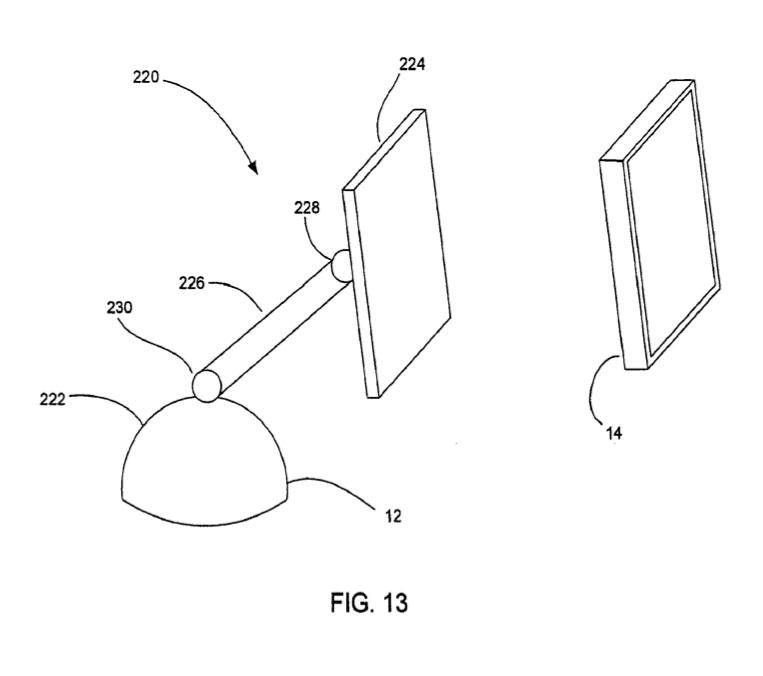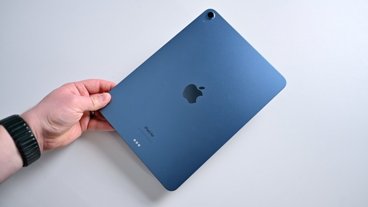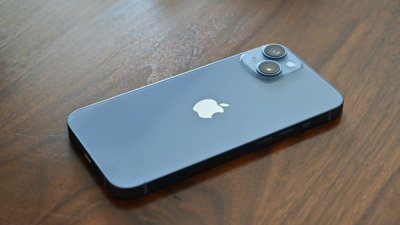Apple exploring new iPhone/iPad dock connector for multiple orientations
Currently, docking an iPhone or an iPad with an official dock connector from Apple requires the hardware to stand in portrait orientation. This angle is not ideal for some tasks, such as watching a widescreen movie.
A new patent application from Apple aims to resolve this issue, by creating a new input method placed on the back of a device, rather than the bottom. This would allow the user to choose to dock the hardware in either landscape or portrait orientation.
The application, entitled "Methods and Apparatuses for Docking a Portable Electronic Device That Has a Planar Like Configuration and That Operates in Multiple Orientations," was revealed this week by the U.S. Patent and Trademark Office. Apple originally filed the document on March 25 of this year.
The document describes a docking station that, like those currently available, allows both data and power transfer to a portable device, like an iPhone or iPad. But the new hardware would include a port that is "rotationally symmetric," allowing it to support any device orientation the user may choose.
Rather than "plug in" a device, the necessary power and data contacts could be flush with both the portable device and the docking station. This would allow the device to simply rest on the docking station, negating the need to line up a plug with a port on the device. Currently, Apple uses its proprietary iPod connector port on its portable devices and docking stations.
"The electrical contacts may be flat planar contacts that lie flush on the surface of the housing," the application reads. "In some cases, the flush mounts may be spring-loaded or utilize a flexure in order to ensure mating contact with each other when the portable device is docked."
Apple could use inductive coils in its future portable devices, allowing both data and power to be transferred. The application notes that inductive coils allow for more aesthetically pleasing devices, as they can be concealed behind the housing of a device, as opposed to electrical contacts, which need to be exposed.
"Furthermore, inductively based systems are more robust than electrical contacts," the application continues. "For example, there are no contacts to wear out and/or oxidize."
Less elegant solutions include more traditional electrical contacts with stands and docks that can be rotated or adjusted, much like a pivoted monitor.
In addition, in one illustration, a flat, iPad-like device is docked to an extended articulated arm, much like those found on previous generation iMacs released earlier in the early 2000s.
The patent application is credited to Apple inventors Steve Hotelling and Gus Pabon.
 Neil Hughes
Neil Hughes













 Andrew Orr
Andrew Orr
 Malcolm Owen
Malcolm Owen

 William Gallagher
William Gallagher

 Mike Wuerthele
Mike Wuerthele
 Christine McKee
Christine McKee








